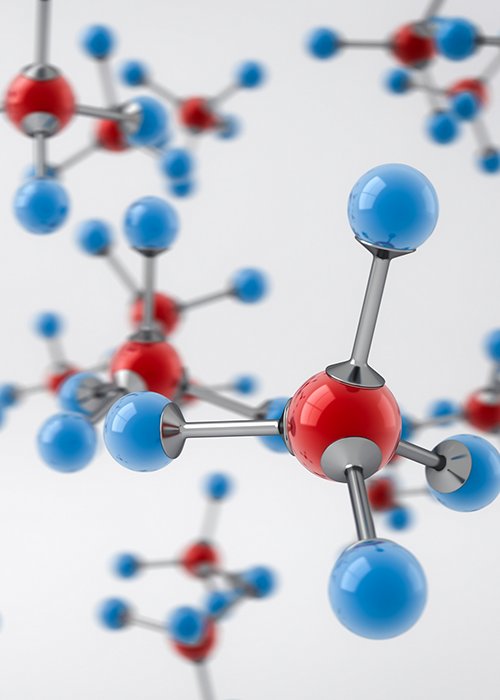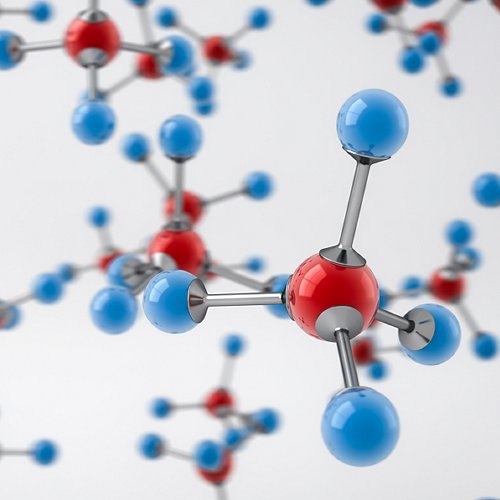Researchers at Stanford University have studied an innovative process that could partly contribute to reducing atmospheric methane: a system of bioreactors containing bacteria fed with methane taken from the atmosphere, oxygen and other nutrients that can provide a protein food for farmed fish. The researchers found that this methane sequestration system is much more efficient than other methods that attempt to remove this pollutant from the atmosphere. Moreover, the resulting food costs less than what is generally used, consumes fewer resources such as water, soil and fertilizer, and also has a higher protein content. The study was recently published in the scientific journal Nature Sustainability.




